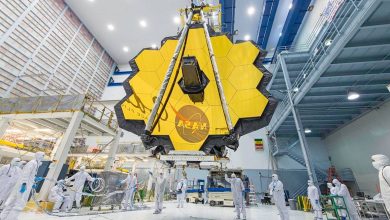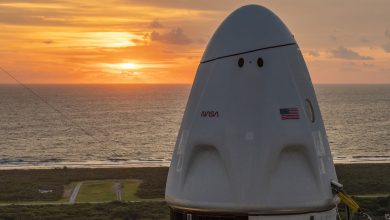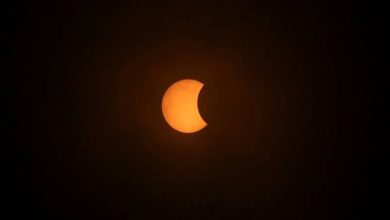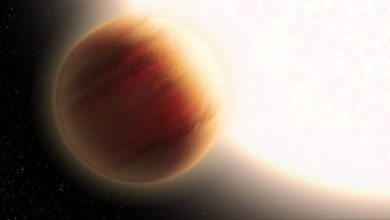3.2 billion old meteorite impact may have led to complex life formation on Earth: Study | Technology News
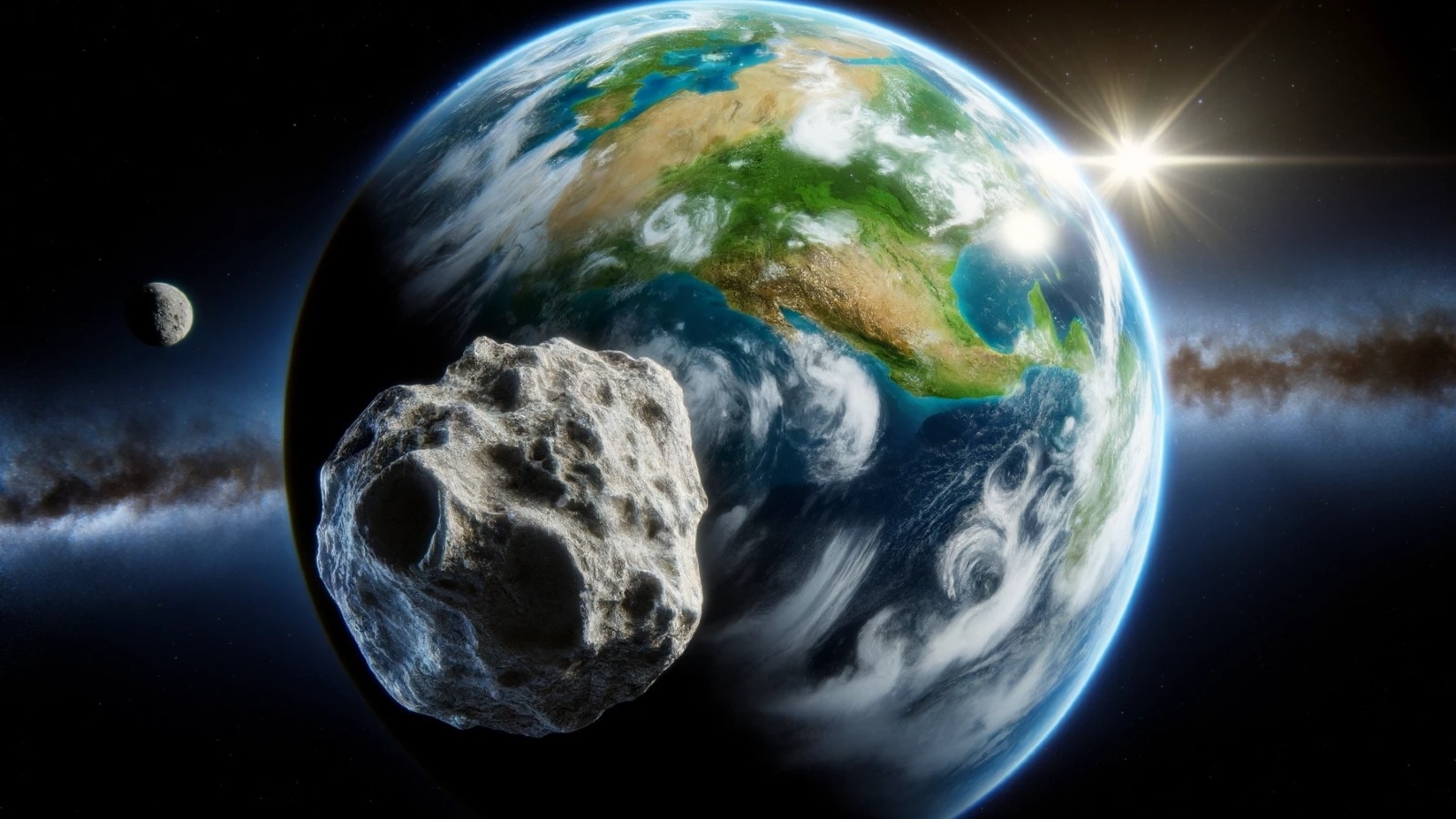
A gigantic meteorite that hit Earth billions of years ago may have acted as a ‘giant fertilizer bomb’ for life on our planet. The massive space rock, dubbed S2, is said to be four times the size of Mount Everest.
Large space rocks, like the 66 million-old asteroid named Chicxulub that crashed off the coast of the Yucatan peninsula which caused dinosaurs and 60-80 per cent of animal species to go extinct are often associated with the destruction of life forms on the planet. Compared to Clicxulub, the S2 meteorite is said to be anywhere between 50-200 times bigger and caused much more destruction.
However, a new research that aims to understand the effect of S2 on our planet suggests that the meteorite may have been beneficial for the formation of complex life on our planet. According to Harvard University geologist Nadja Drabon, who is the lead author of the study says that “Life not only recovered quickly once conditions returned to normal within a few years to decades, it actually thrived.”
During the Paleoarchean Era, Earth was a very different place and was often bombarded with different large meteorites. In its early days, it is estimated that several space rocks greater than 10 kilometers impacted the planet every 15 million years. This means at least 16 giant meteorites may have hit Earth during the Archean Eon, which lasted for 1.5 billion years.
“At this time, Earth was something of a water world, with limited emergence of volcanoes and continental rocks. There was essentially no oxygen gas in the atmosphere and oceans, and no cells with nuclei” said Andrew Knoll, the study’s co-author.
He went on to say that the S2 meteorite was a type called carbonaceous chondrite, a carbon-rich rock that also contains phosphorus. While the “effects of the impact would have been quick and ferocious”, Drabon said that it hit Earth’s surface with so much energy that it instantly vaporized and sent the rock vapour cloud and dust from the crater, because of which the sky may have turned black within a few hours.
And since the impact took place in the ocean, it is also said to triggered a tsunami that affected all parts of the Earth, destroying the sea floor and coastlines. And since the energy of the impact was transferred into heat, the atmosphere heated up so much that it boiled the upper layers of the oceans.
Story continues below this ad
The study also suggests that it took anywhere between a few years to decades for the dust to settle and the atmosphere to cool down enough to return the water vapour collected by the boiling of the ocean’s upper layer.
While it may have killed the microbes that lived in shallow waters, the meteorite is said to have contained a large amount of phosphorus, one of the key nutrients used by microbes to store and transfer genetic information. As for the tsunami, it is said that the large waves caused the iron-rich deep water to combine with the shallow water on the surface, creating an ideal environment for microbes to thrive.
© IE Online Media Services Pvt Ltd
